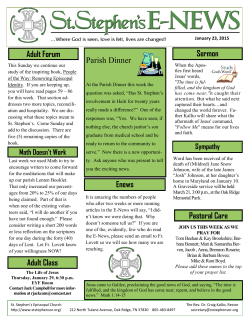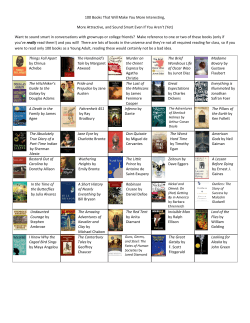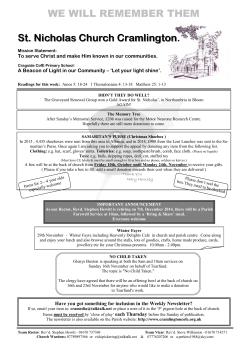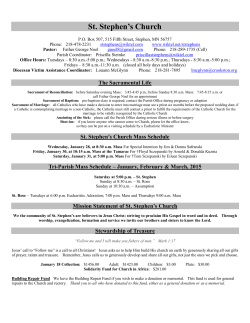
Finding Rest - Head to Toe
Finding Rest Healing Trauma and Stress In the Nervous System Penny Holland M.A., L.P.C.C. pennyholland58@gmail.com Cues from your Nervous System • What happens when you feel stressed? – – – – – In your belly, breath, head, neck, limbs, posture In your brain, thoughts, memory To your curiosity, flexibility, creativity To your immune system, your health, your strength In your heart and your connection with others • When you feel settled? Hyper-arousal / Mobilization Regulation / Social Engagement Hypo-arousal / Immobilization Polyvagal Theory – Dr. Stephen Porges Neuroception Unconscious perception of: Safety Danger Life threat that registers in the right brain Dr. Stephen Porges Safe Relationship and Positive Experiences Co-Regulation Self-Regulation Hyper-arousal / Mobilization Regulation / Social Engagement Hypo-arousal / Immobilization Polyvagal Theory – Dr. Stephen Porges Hyper-arousal / Mobilization Regulation / Social Engagement Hypo-arousal / Immobilization Polyvagal Theory - Dr. Stephen Porges Rest vs. Collapse Enjoyment vs. Mania The goal is a shift in the Autonomic Nervous System from Dysregulation to Regulation Right Brain Interventions for Regulation Safe Relationships Settling in the Body, Slowing Down Mindful Observation Attention to Positive Sensory Stimulation Use of Imagination Know your resources, strengths Break up Fixed Action Patterns How can we share this in our schools? with staff & administration? with students? with families? References ~The Polyvagal Theory Neurological Foundations of Emotions, Attachment, Communication, Self-Regulation by Stephen W. Porges ~The Healing Power of Emotion Affective Neuroscience, Development & Clinical Practice by Diana Fosha, Daniel Siegel, Marion F. Solomon ~In the Realm of Hungry Ghosts by Gabor Mate ~“Holding the Wound, Holding out Hope: Understanding the Neurobiology of the Israeli-Palestinian Conflict” by Penny Holland Tikkun Mag online March 4, 2011
© Copyright 2025












